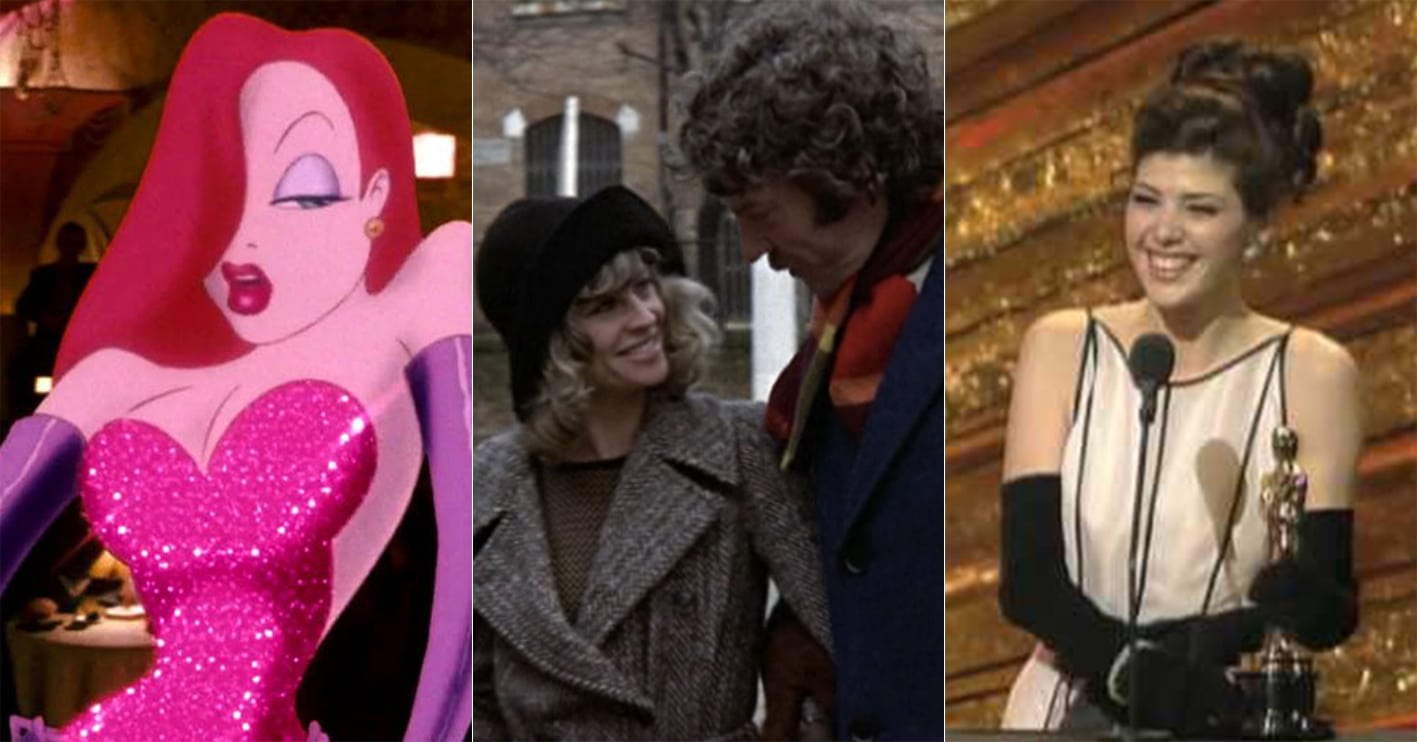Hollywood is an industry built on myth-making, presenting incredible tales on the big screen in so vivid a manner as to almost make you believe they happened for real. On top of this, all kinds of lurid stories do the rounds about what went on behind the scenes on beloved movies.
However, as well-shared as some of these stories may be, that doesn’t necessarily mean they’re all true. Take the following 20 movie urban legends, none of which have a basis in fact.
20. A Munchkin actor can be seen committing suicide in The Wizard of Oz

The Myth: There’s long been a rumour that something seriously macabre and non-family friendly lurks in the background of one shot in 1939 Technicolor musical classic The Wizard of Oz. According to the myth, at the end of the sequence in which Dorothy and the Scarecrow discover the Tin Man, a hanged man can be seen swinging in the trees behind them. The story goes that this is a Munchkin actor who, in despair over an unrequited crush, hanged himself on-set.

The Reality: there’s simply no evidence to support the myth. First, there is no record of anyone having died during the making The Wizard of Oz. On top of which, when the Tin Man sequence was filmed, the munchkin actors weren’t even on-set yet. Since the film’s 1939 release, the print has been cleaned up significantly for the high-def age. Today we can see the ‘suicidal Munchkin’ is actually just a big bird, likely a crane or an emu, roaming in the background.
19. The original MGM lion killed its trainer
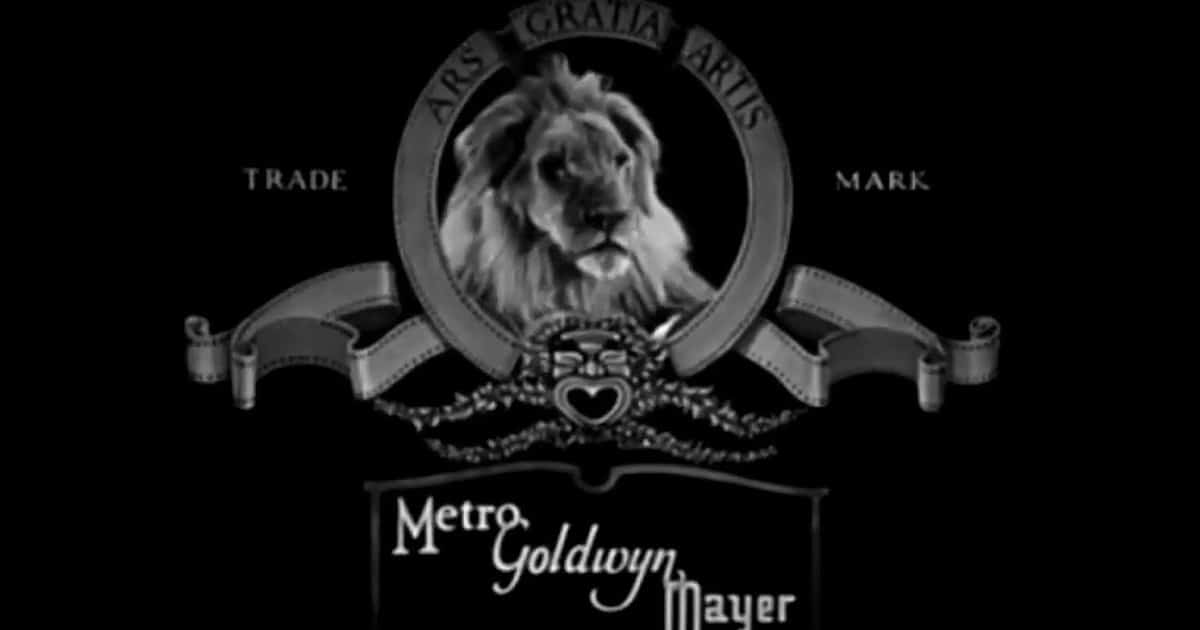
The Myth: Founded in 1924, studio Metro-Goldwyn-Mayer is renowned for its logo and intro card, which features live footage of a roaring lion. A dark rumour spread about the first MGM lion named Slats. According to the long-standing urban legend, just days after the the studio shot his roar in 1917, the big cat mauled his trainer and a pair of assistants to death.
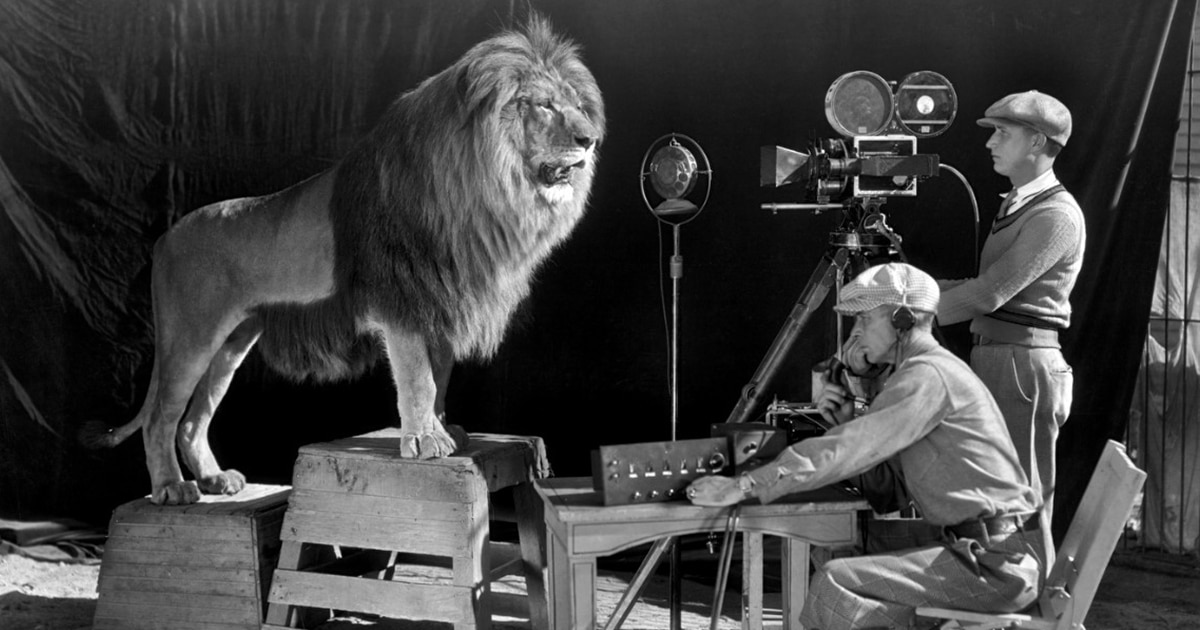
The Reality: No people were harmed in the making of the MGM logo, and none of the MGM lions – especially not Slats – ever killed their trainer. We know this because Slats’ trainer, Volney Phifer, outlived Slats by some four decades. While Slats died in 1936, Phifer would continue working in Hollywood for years, only passing away in retirement in 1974.
18. Lion King’s animators snuck the word ‘sex’ into one scene
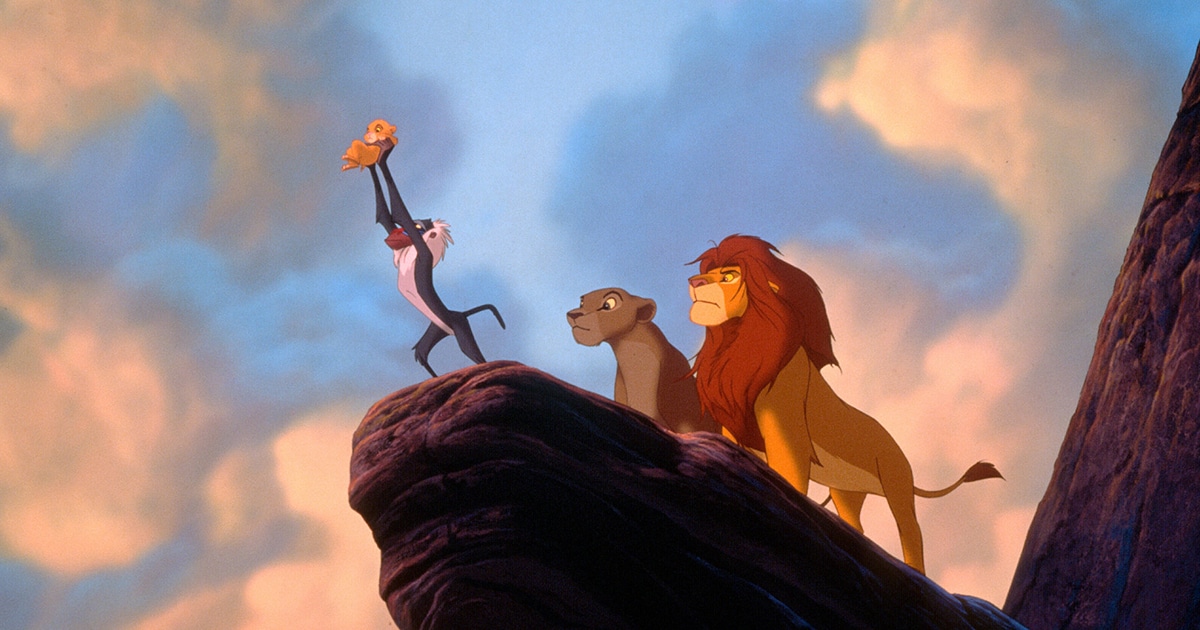
The Myth: 1994’s The Lion King is one of Disney’s most celebrated films, but also one of their most notorious efforts. This is because of a scene that comes midway through the film, when a melancholy Simba gazes up at the night sky. Simba kicks up a cloud of dust, and many commentators have pointed out that as the dust particles scatter into the night sky, they appear to form the letters ‘S-E-X’.
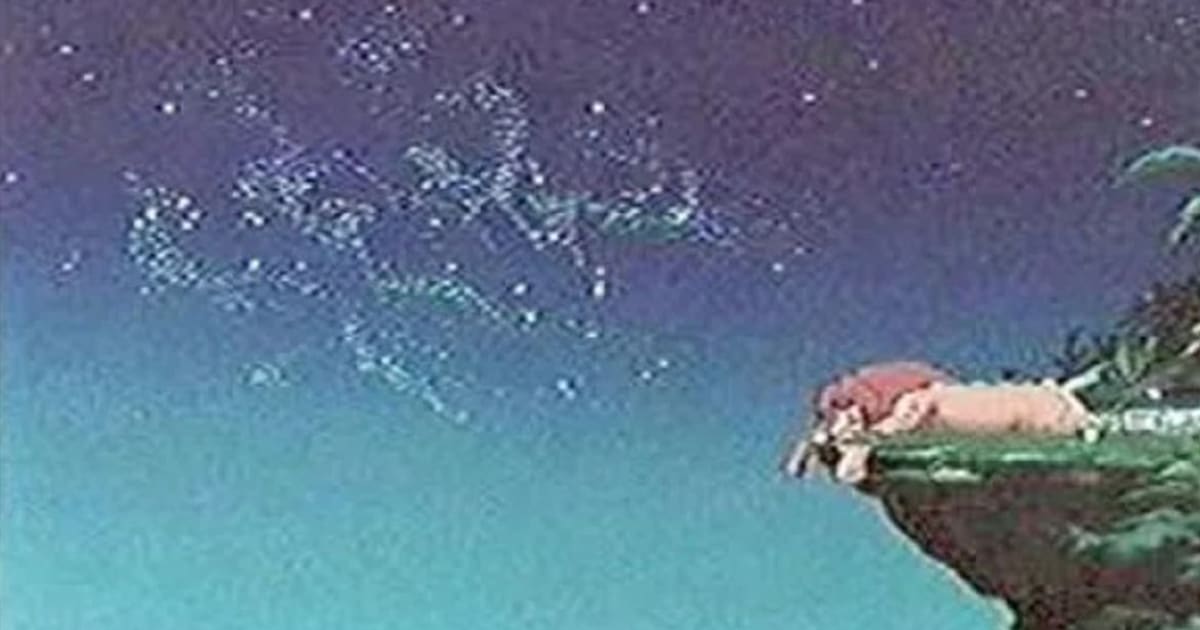
The Reality: Former Disney animator Tom Sito, who worked on the film, admits that letters are deliberately spelt out in the dust cloud, but he insists that it’s a bit more innocent than the legend suggests. According to Sito, the letters in the dust are not S-E-X but S-F-X, as in ‘special effects.’ Why they included this is not clear.
17. The actors performed a lovemaking scene for real on the set of Don’t Look Now
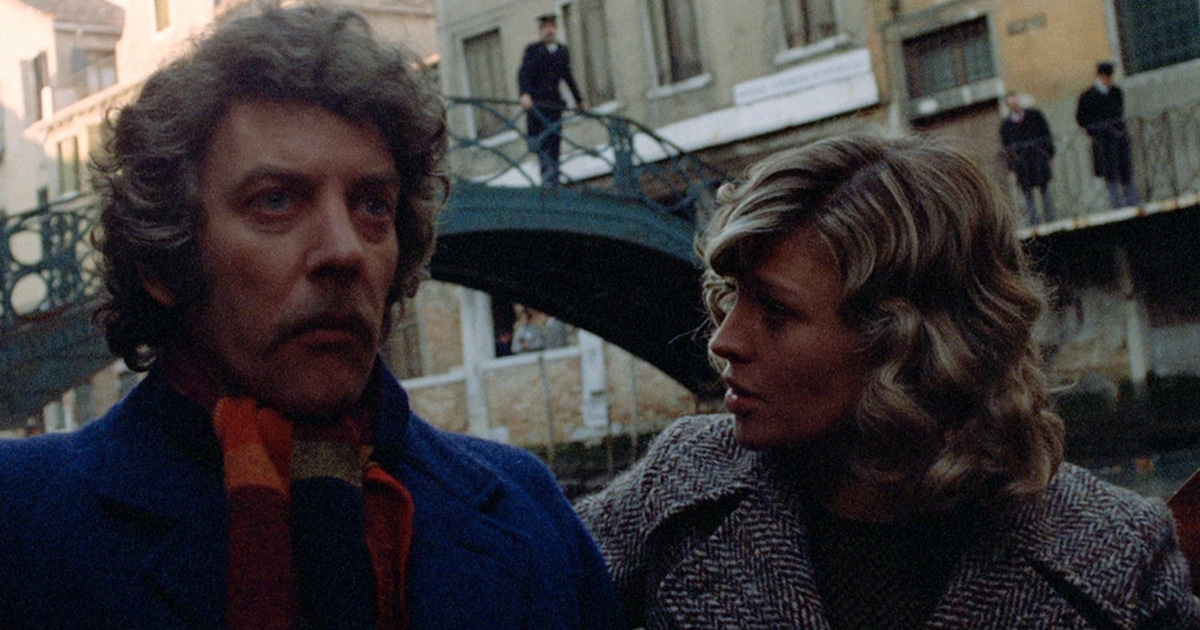
The Myth: Director Nicolas Roeg’s 1973 film Don’t Look Now centres on a married couple struggling with the trauma of their child’s accidental death. It is famed for its intimate and realistic love scene, which so impressed audiences that speculation quickly arose that actors Donald Sutherland and Julie Christie actually did the deed for real on camera.
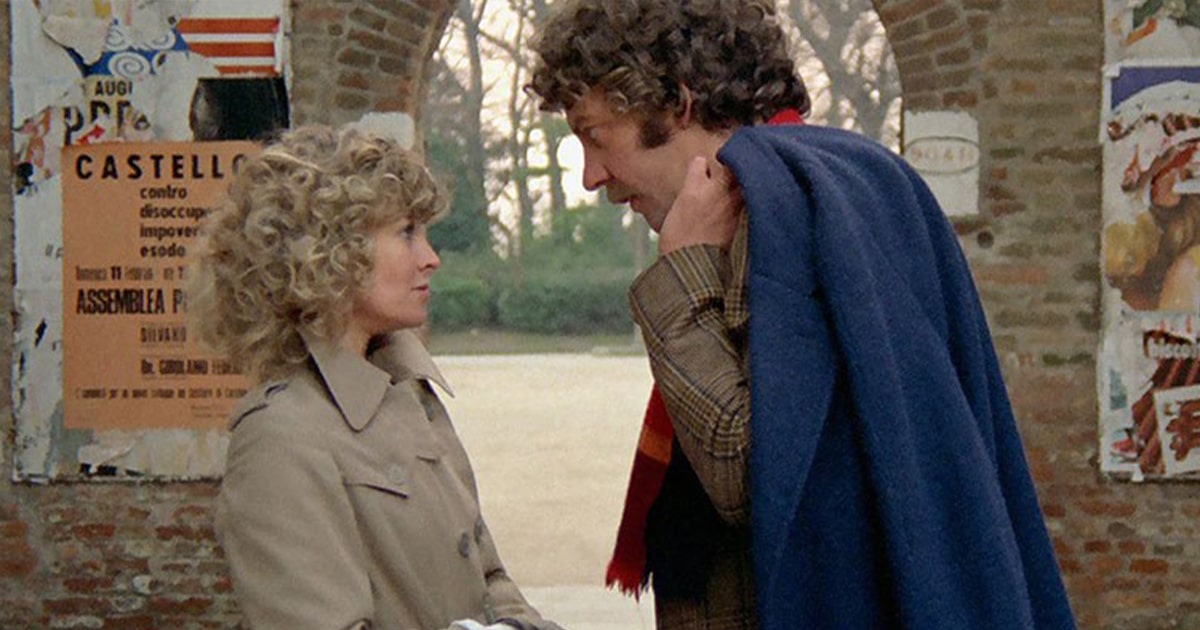
The Reality: Though rumours have continued to persist regarding Sutherland and Christie getting freaky for Don’t Look Now, the people who were actually in the room – notably Sutherland and Christie themselves – have strenuously denied it. Sutherland has also insisted that one man who claimed to witness the scene being shot, Peter Bart, was not in fact present.
16. Early cinema audiences ran out of the theatre when they saw a shot of a train coming towards them
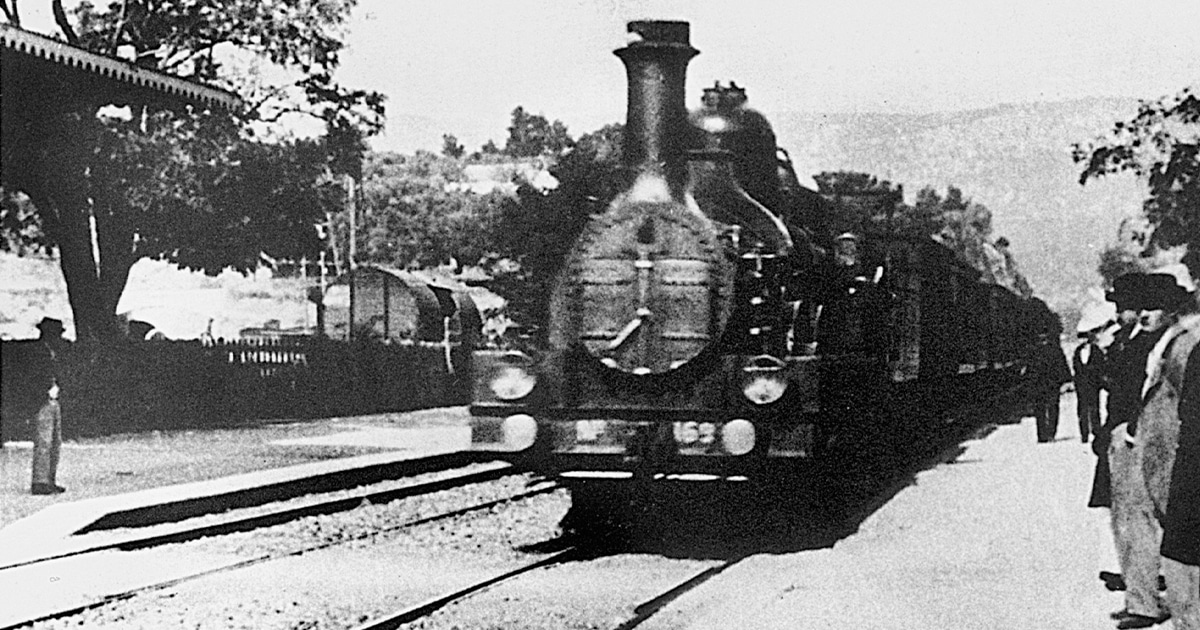
The Myth: It’s easy to imagine that the first people to see films may have been a little scared of what they were witnessing. One urban myth suggests this very thing happened to an audience seeing their first moving picture. 1896 film Arrival of a Train at La Ciotat is said to have left viewers convinced that a real train was hurtling towards them, prompting them to flee the cinema in terror.

The Reality: The Arrival of a Train at La Ciotat, a ‘film’ lasting just 50 seconds, would have certainly appeared startling back in 1896 – there’s no doubt about that. There is no evidence, however, of audiences running for the exits in response to the footage. That viewers of the time were amazed and maybe even a little stunned by the film is not in doubt, but there are no contemporary accounts of viewers terrified a train was really coming at them.
15. Jessica Rabbit flashes in Who Framed Roger Rabbit
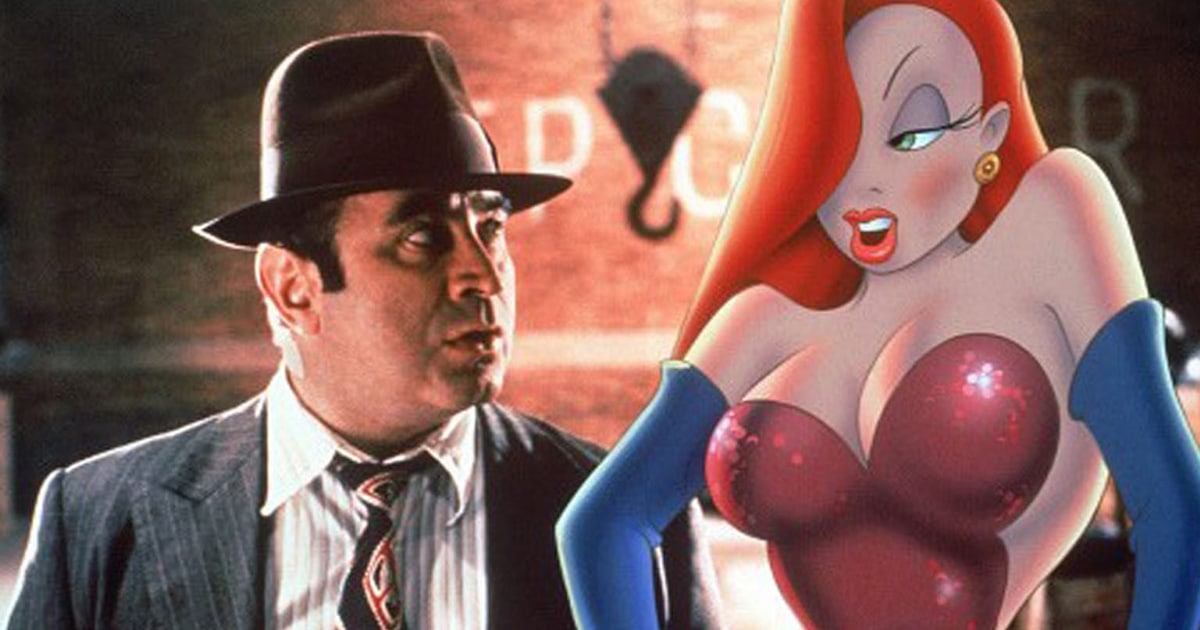
The Myth: Since the release of Who Framed Roger Rabbit in 1988, there’s been a popular urban myth that the PG movie has an ‘R-rated’ moment carefully hidden midway. When Jessica Rabbit is riding in Benny the Cab alongside Bob Hoskins’ Eddie Valiant, they crash and fly from the vehicle. Legend has it that careful freeze-framing reveals a split-second shot of Jessica’s most intimate area.
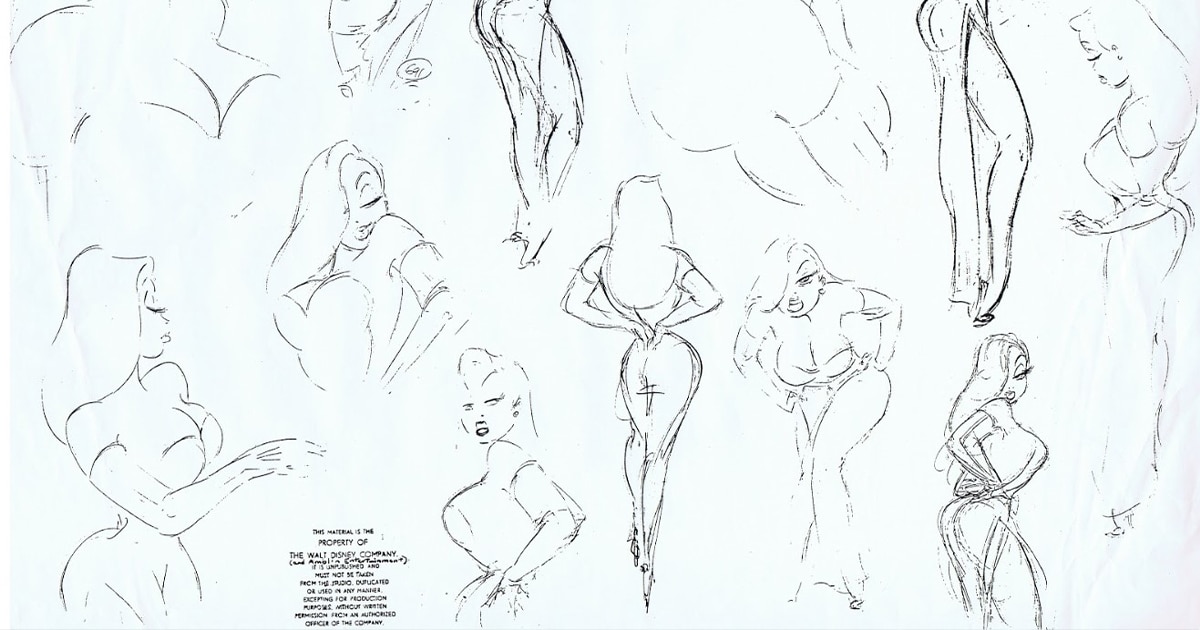
The Reality: While Jessica is a highly sexualised character, and it’s known that Disney animators of the time weren’t averse to throwing in naughty images, there is nothing to confirm this long-standing rumour. Even in today’s high definition renderings of the movie, it doesn’t appear that anything more can be seen in this moment other than Jessica’s inner thighs and perhaps a hint of underwear.
14. Walt Disney’s body was cryogenically frozen after his death
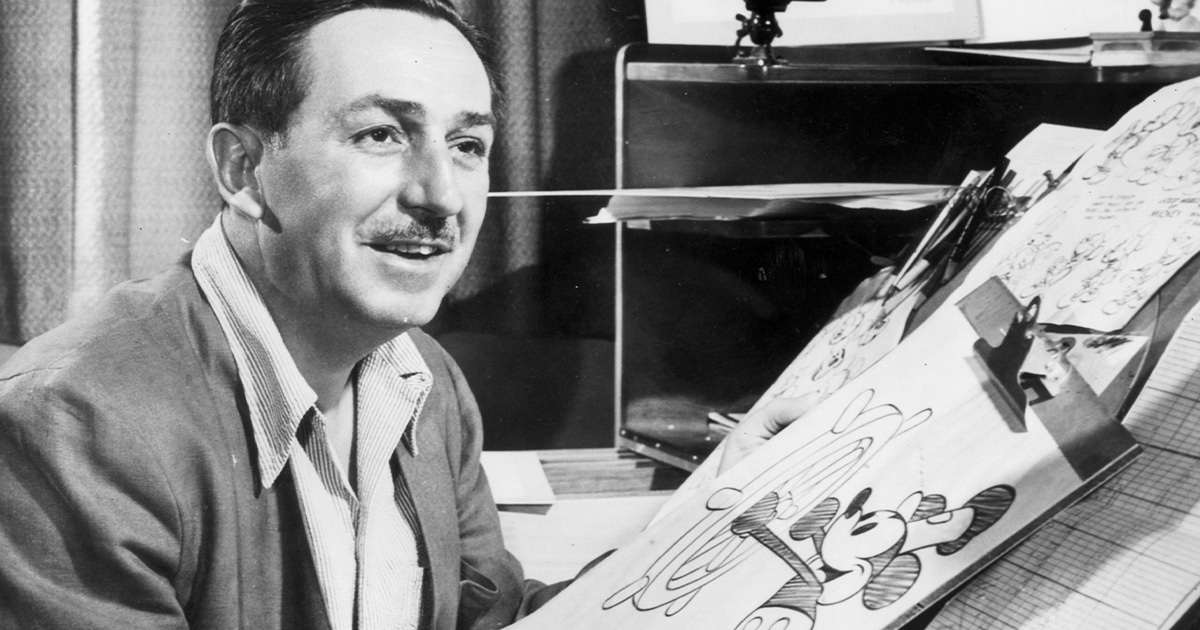
The Myth: In 1966, legendary animator Walt Disney passed away aged 65. A heavy smoker for much of his life, Disney’s body was riddled with cancer by the time he died. Rumour has it Disney’s body was cryogenically frozen, so that in the future he could be resuscitated once a cure for cancer had been found. Some even suggest his frozen body resides somewhere at the original Disneyland.
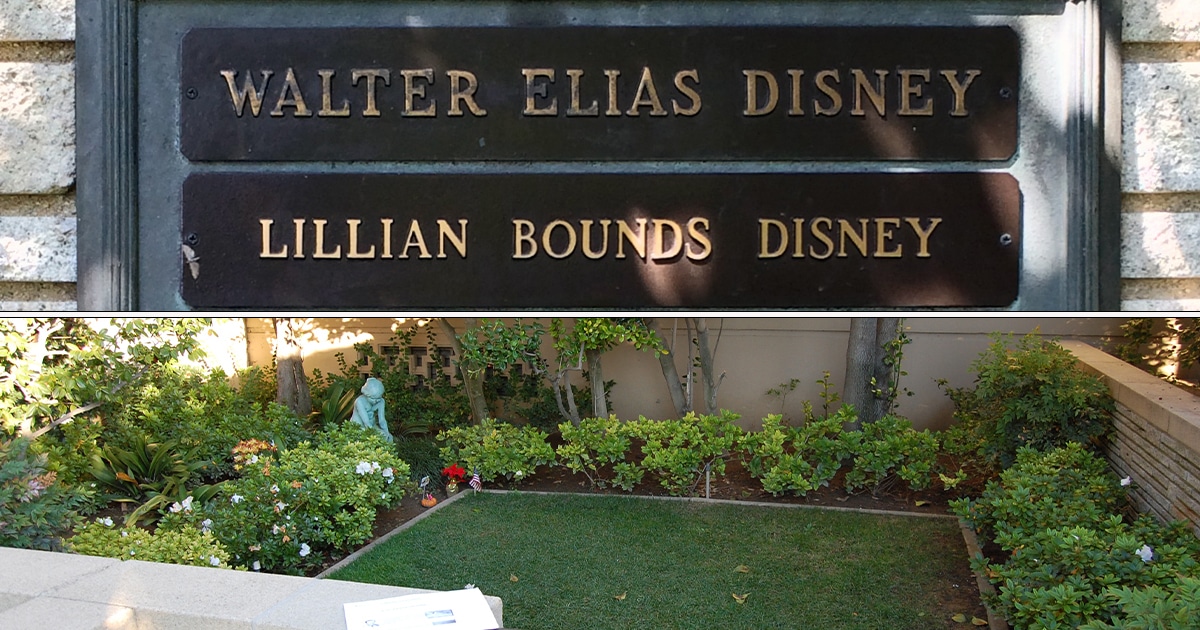
The Reality: It’s true that Walt Disney had indeed expressed an interest in being preserved in liquid nitrogen at the point of death. The Hollywood legend’s interest never went further than that, though, and he never underwent the procedure. Instead, the film legend was cremated by his family two days after he passed, and his ashes were interred at Forest Lawn Memorial Park in Glendale, California.
13. A woman died looking for Fargo’s buried ransom money
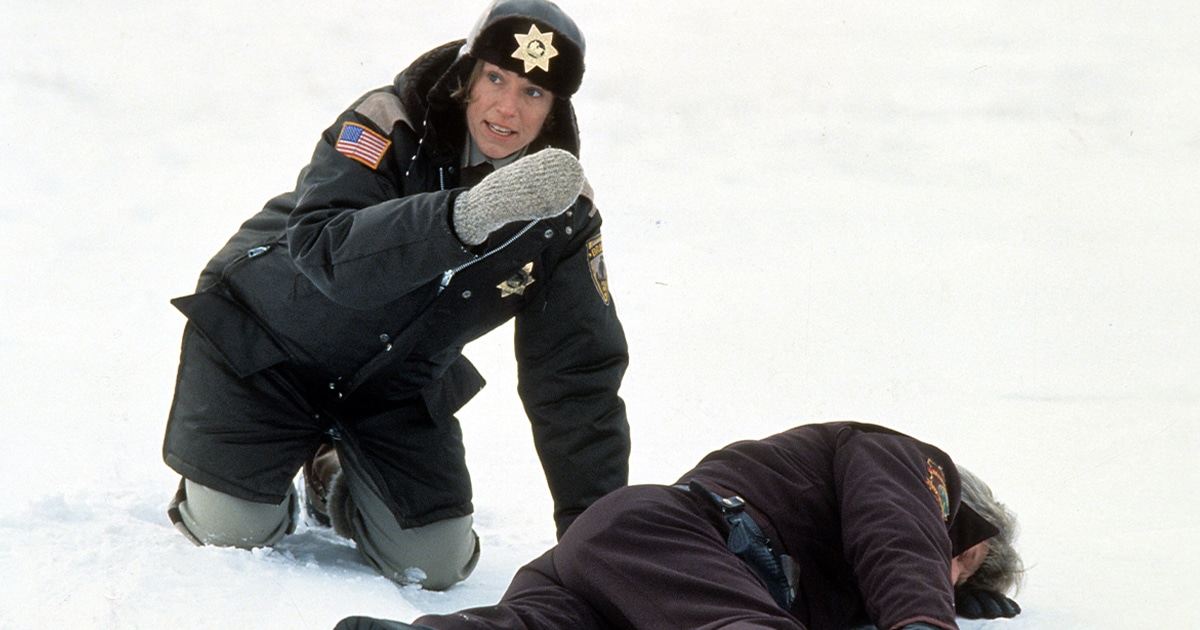
The Myth: The opening credits of Joel and Ethan Coen’s Fargo 1996 crime drama cheekily claim the film to be based on a true story about a ransom case in Minnesota, which the Coens quickly admitted was completely untrue. However, in 2001 reports emerged that a fan who believed the story came to Minnesota from Japan looking for the briefcase of money hidden in film, and died in the process.
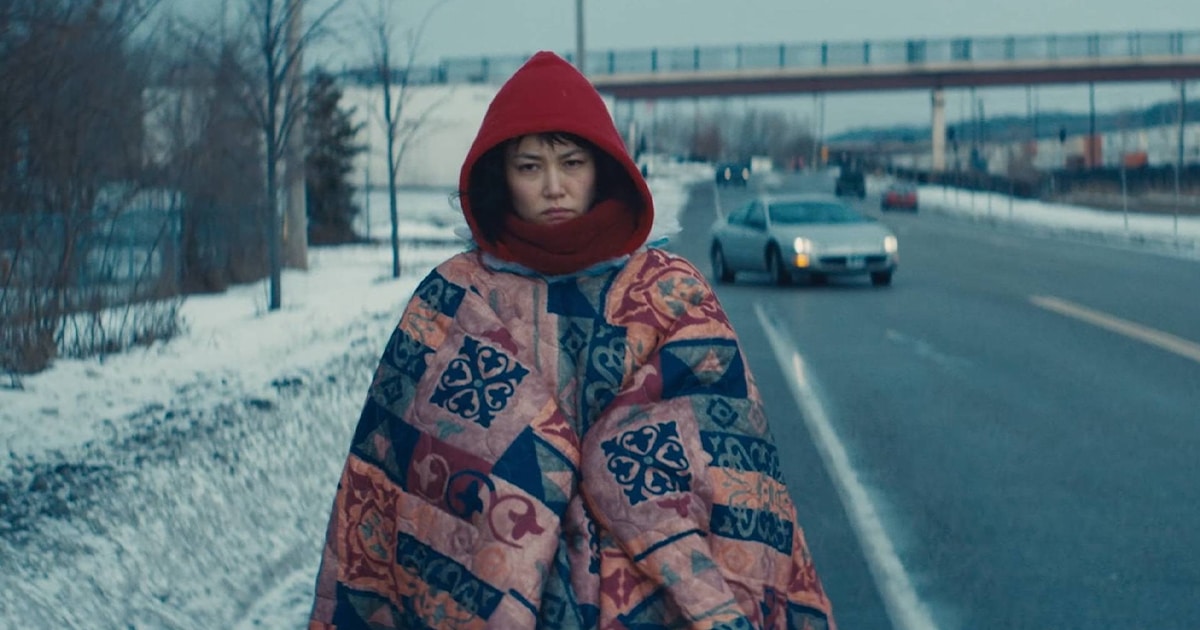
The Reality: Takako Konishi did indeed die in the snows of Minnesota, but the circumstances were far less colourful and more tragic: she committed suicide. Still, the myth has been so pervasive that it inspired 2014 Kumiko, the Treasure Hunter, which tells of a young Japanese woman who leaves her old life behind to search for Fargo’s loot.
12. Marisa Tomei was given an Oscar by mistake
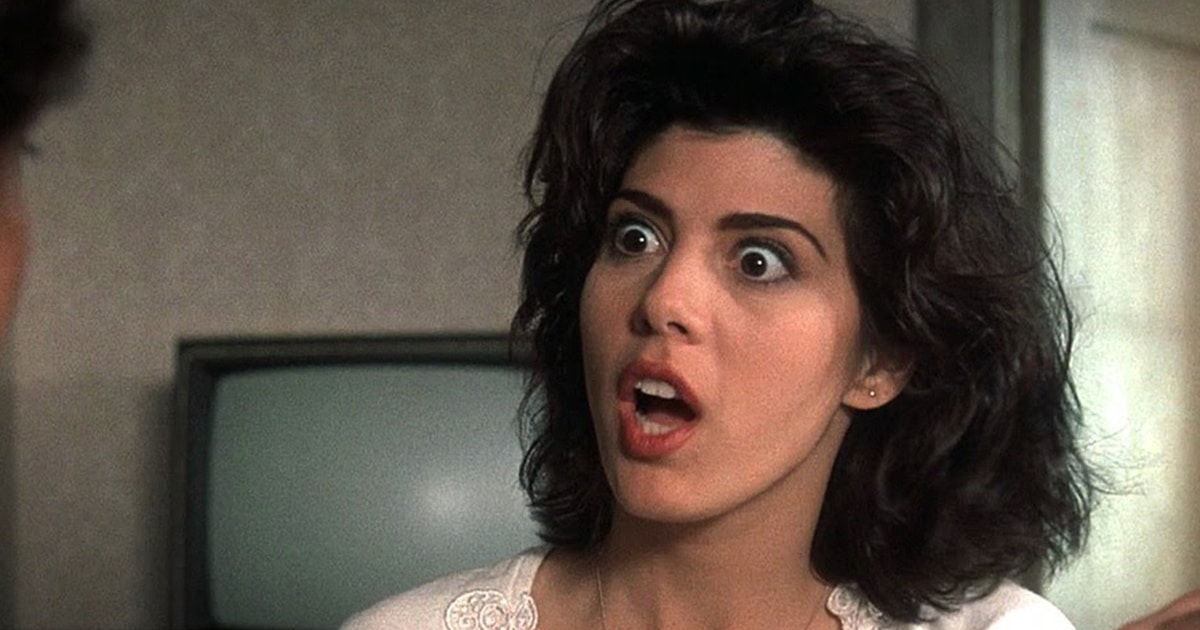
The Myth: At the 1993 Academy Awards, many were surprised when Marisa Tomei won the Best Supporting Actress Oscar for My Cousin Vinny. It was alleged that Tomei’s name was called out by accident by the award’s presenter Jack Palance, but out of the Academy’s embarrassment, Tomei was allowed to keep the award anyway.
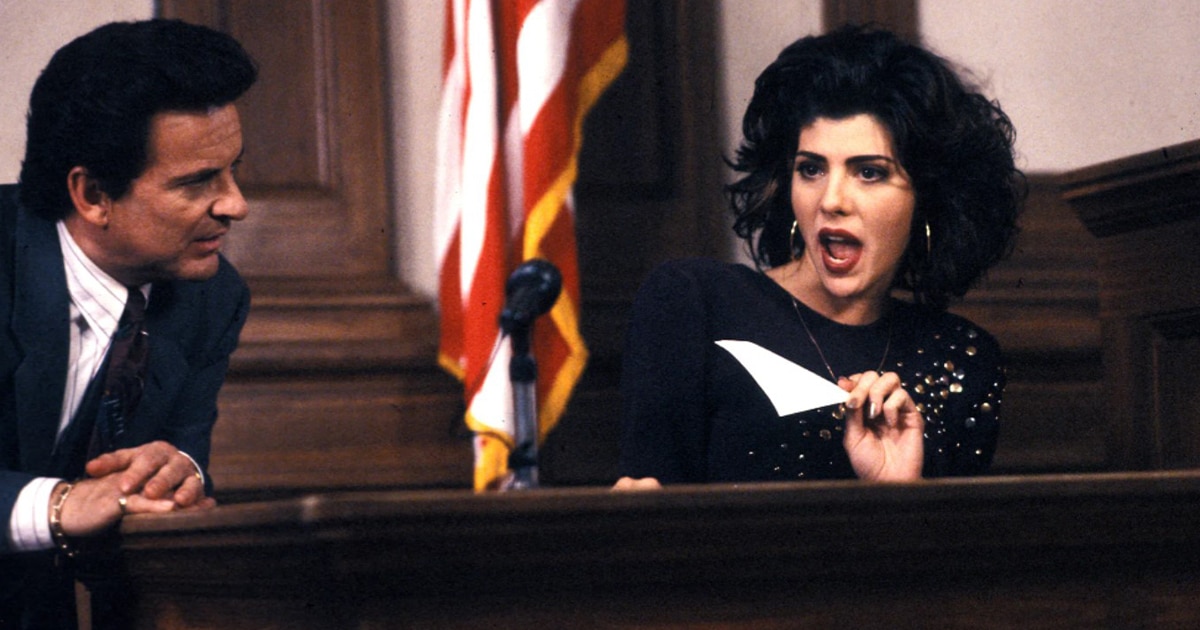
The Reality: The 2017 Oscars controversy, where La La Land was mistakenly named Best Picture instead of Moonlight, has shown us what really happens when the wrong name is called out at the Academy Awards. Marisa Tomei, however, really did win for My Cousin Vinny – it’s just that viewers couldn’t believe it as she was a relative newcomer, and she beat esteemed screen veteran Vanessa Redgrave.
11. Three Men and a Baby features the ghost of a young boy
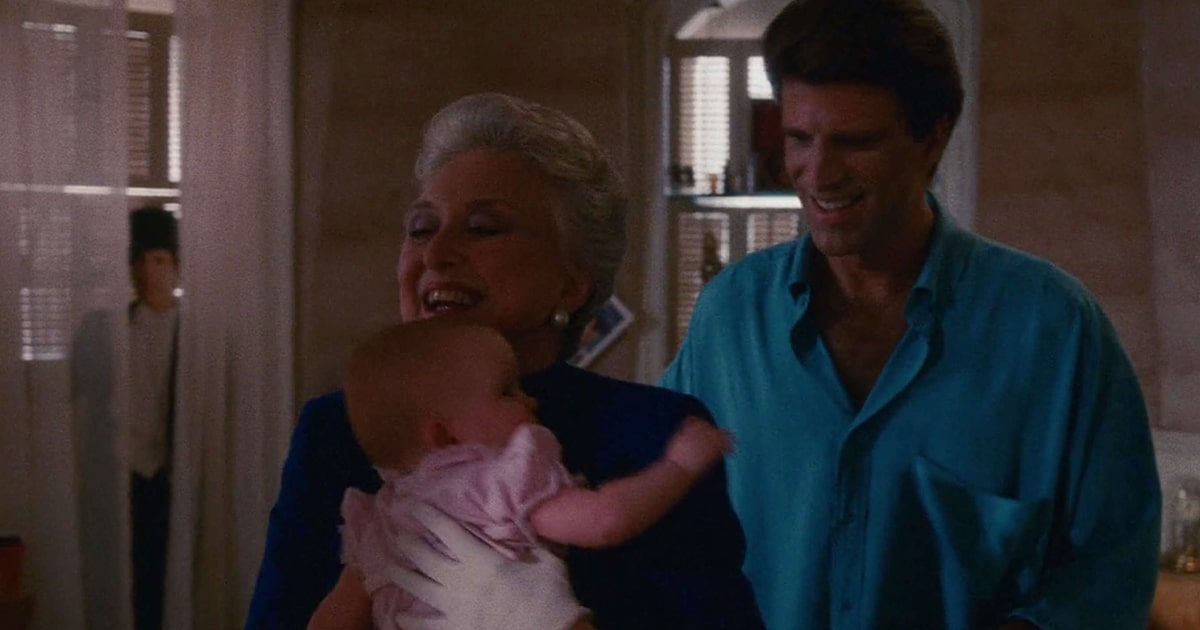
The Myth: If the 1987 comedy Three Men and a Baby is remembered for anything today, it’s probably more the urban legend that has sprung up around a mysterious figure looming in the background of one scene. As Ted Danson’s Jack walks through his house with his mother, what to some viewers looks like the ghost of a young boy is visible behind the curtains. Rumours spread that sometime earlier a child fell from that window in the apartment where the scene was shot.
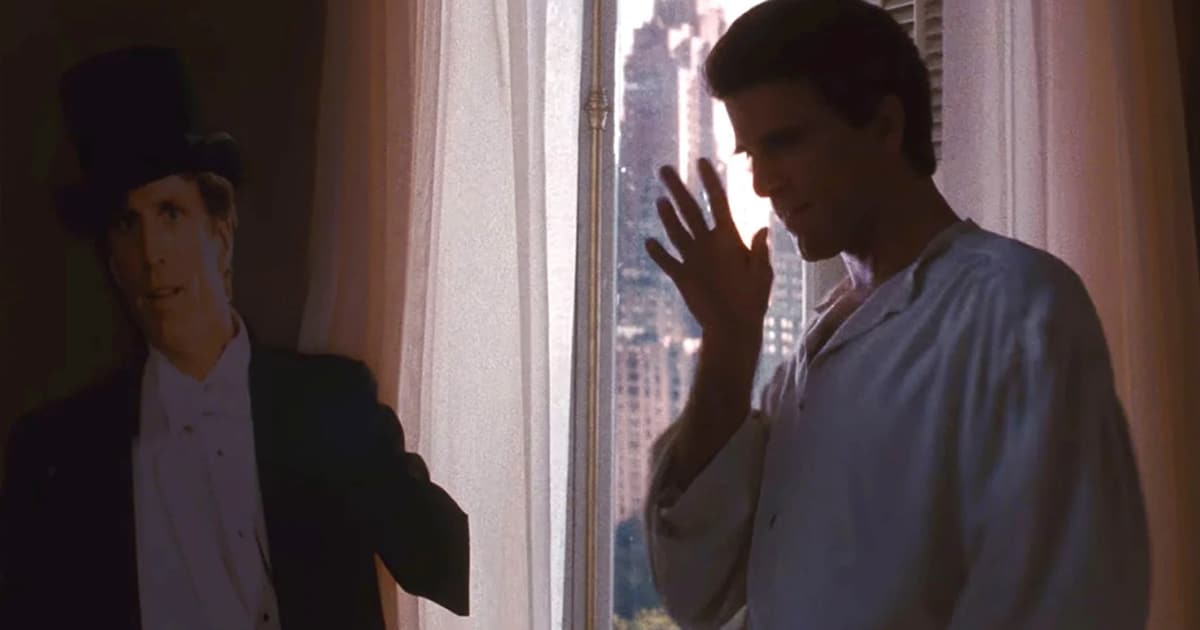
The Reality: there’s a perfectly good explanation for Three Men and a Baby’s ‘ghost’ child. As a deleted scene from the film would have made clear, the background figure is a cardboard cutout of Ted Danson, who plays an actor in the film. Moreover, there was absolutely no truth to the claims that a real child had died in the apartment, as the scenes in question were not even shot in a real apartment but on a studio set.
10. The 1969 Moon landing was faked, and directed by Stanley Kubrick
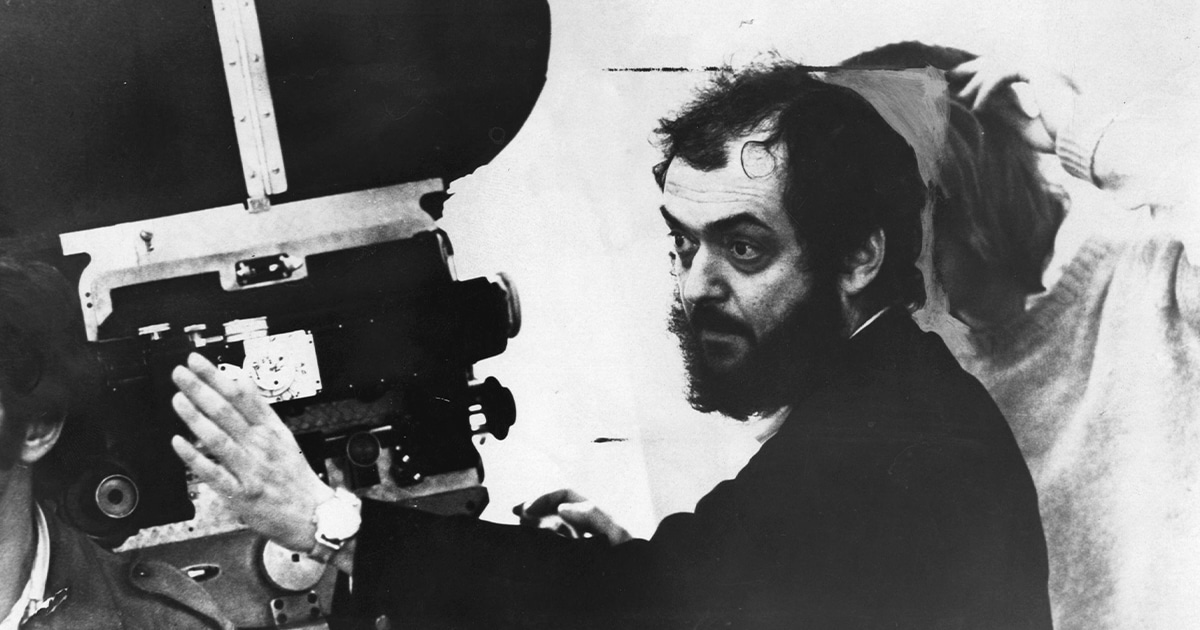
The Myth: Stanley Kubrick’s 1968 sci-fi movie 2001: A Space Odyssey was so advanced for its time, audiences of the time could hardly believe what they were seeing. There were some viewers who felt the same way about the Moon landing in 1969. Because the esteemed filmmaker had worked closely with NASA whilst working on 2001, this led to rumours that the Moon landing didn’t really happen, and that fake footage had been shot on a film set shot by none other than Kubrick himself.
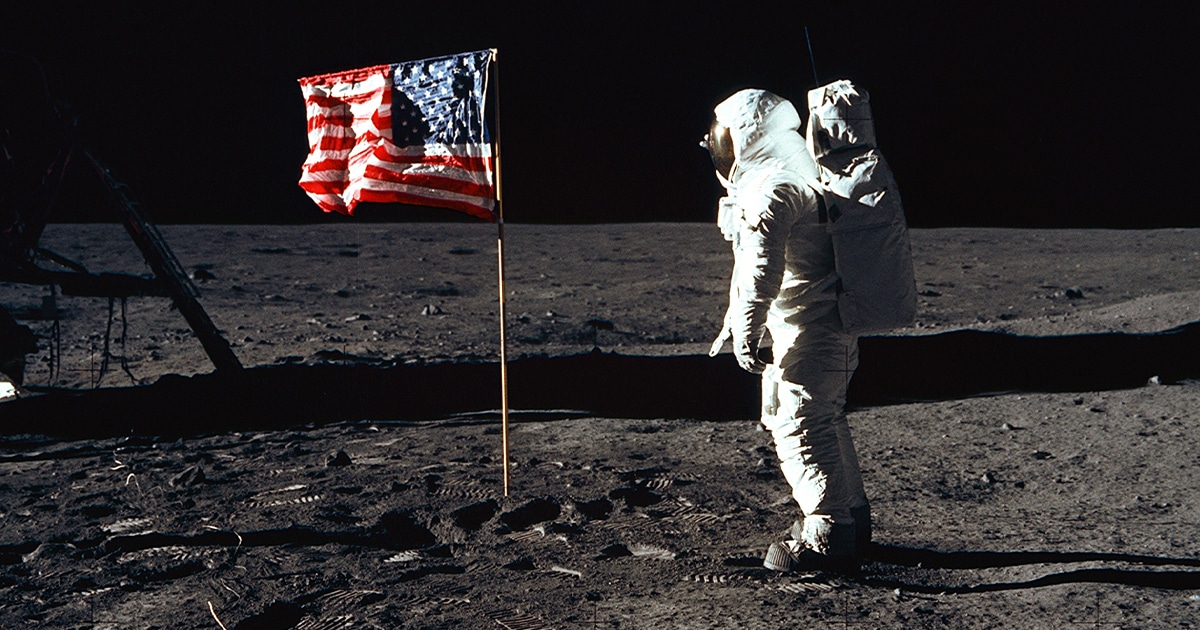
The Reality: Leaving aside for the moment that claims the Moon landing was staged has been thoroughly debunked, there’s also the matter that Kubrick’s ‘involvement’ can be traced back to false information. 2002 mockumentary Dark Side of the Moon and a fake Kubrick interview in which the director ‘confesses’ did much of the legwork in spreading the myth.
9. There’s something saucy hidden in the Little Mermaid poster
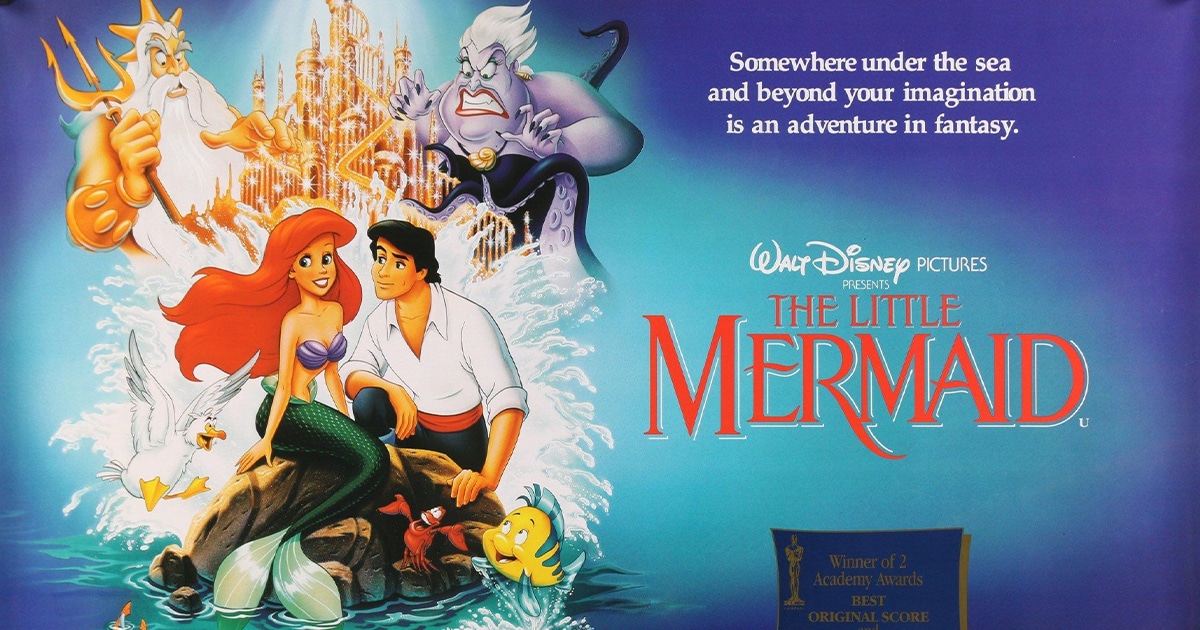
The Myth: When stories are shared of Disney animators sneaking in naughty content on the sly, the original poster artwork created for The Little Mermaid poster is one of the examples most often pointed to. The art depicts the main characters against the backdrop of Atlantica, the film’s underwater kingdom – and it’s rumoured that a disgruntled artist at the studio inserted the likeness of a male organ into the poster intentionally after he was sacked.

The Reality: While it’s not hard to see the how the Atlantica spires might look a bit like something else, this was done entirely unconsciously. What’s more, not only was the poster artist not fired, he wasn’t even employed by Disney in the first place. The artist in question has since admitted that the artwork was a result of him rushing to complete it over an all-night design session – meaning any phalluses in the poster are mere Freudian slips at best.
8. Richard Gere paid a visit to hospital to have a gerbil removed from an intimate area
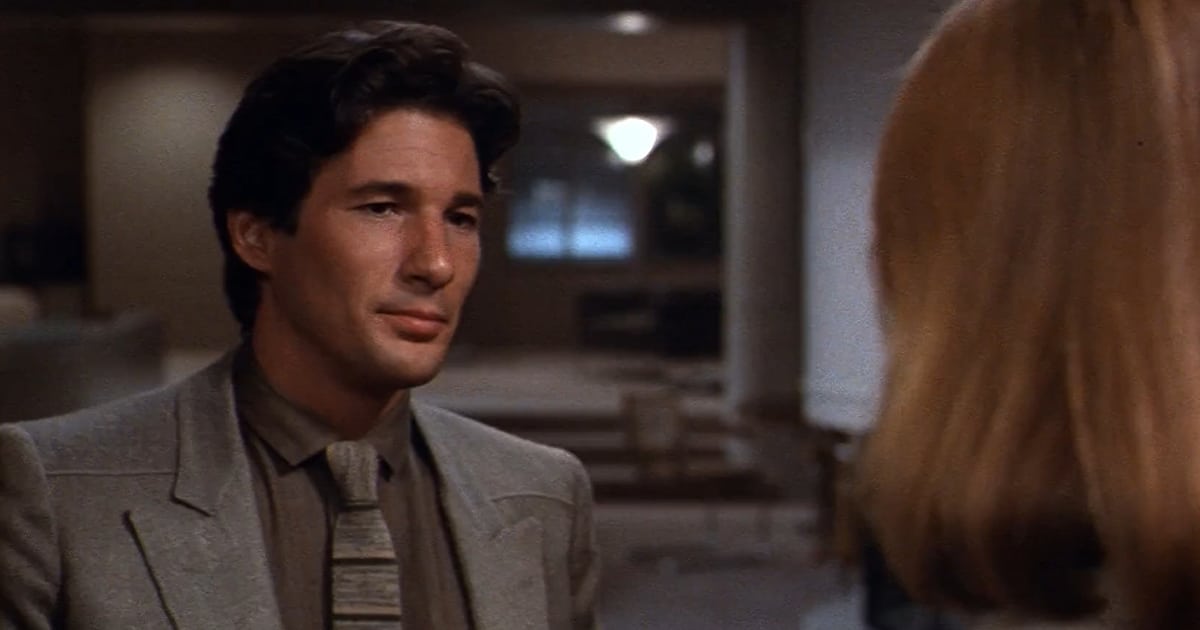
The Myth: When Richard Gere was at the height of his Hollywood heartthrob fame, a bizarre yet persistent rumour started doing the rounds involving the actor and an alleged recreational practice known as ‘gerbilling’. The way the story goes, this thoroughly outlandish method of pleasuring involved inserting a live gerbil into a very intimate region. It’s been said that Gere tried this out and had to take a trip to hospital for an emergency gerbilectomy.
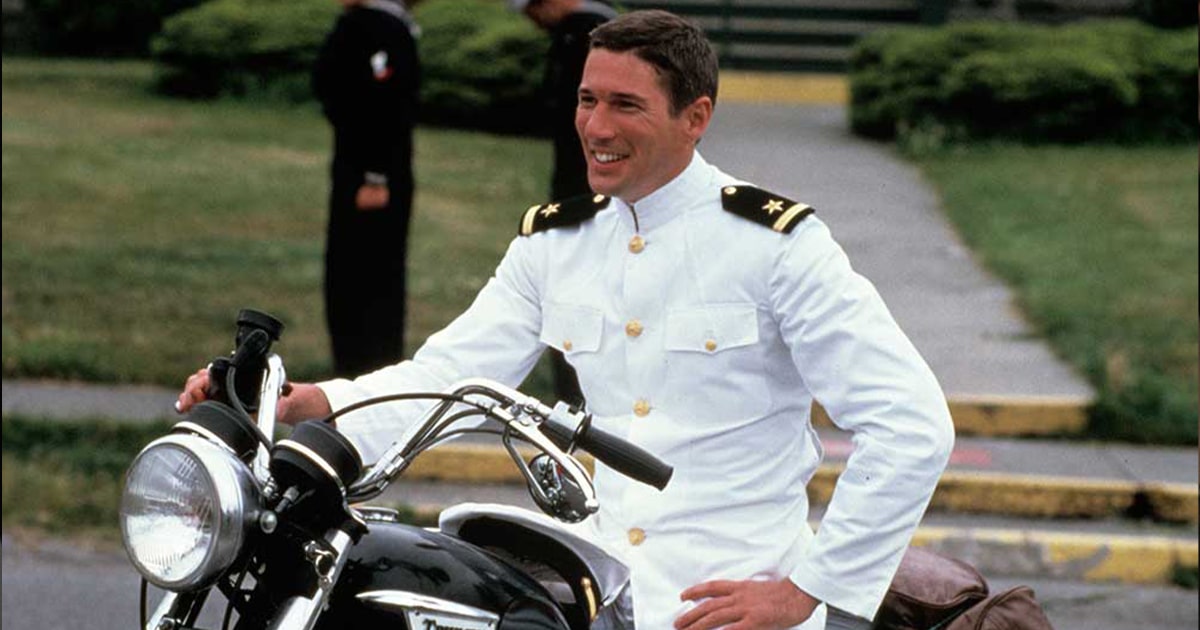
The Reality: Where to begin with this one. We get why the story has persisted; stories of Hollywood debauchery are so commonplace, that plenty of us would believe there’s no depths of depravity that A-list celebrities won’t sink to. However, not only is there no evidence to suggest that Gere was ever hospitalised as a result of ‘gerbilling,’ there is also no evidence that ‘gerbilling’ itself has ever been done by anyone.
7. Shirley Eaton died after being painted gold for Goldfinger
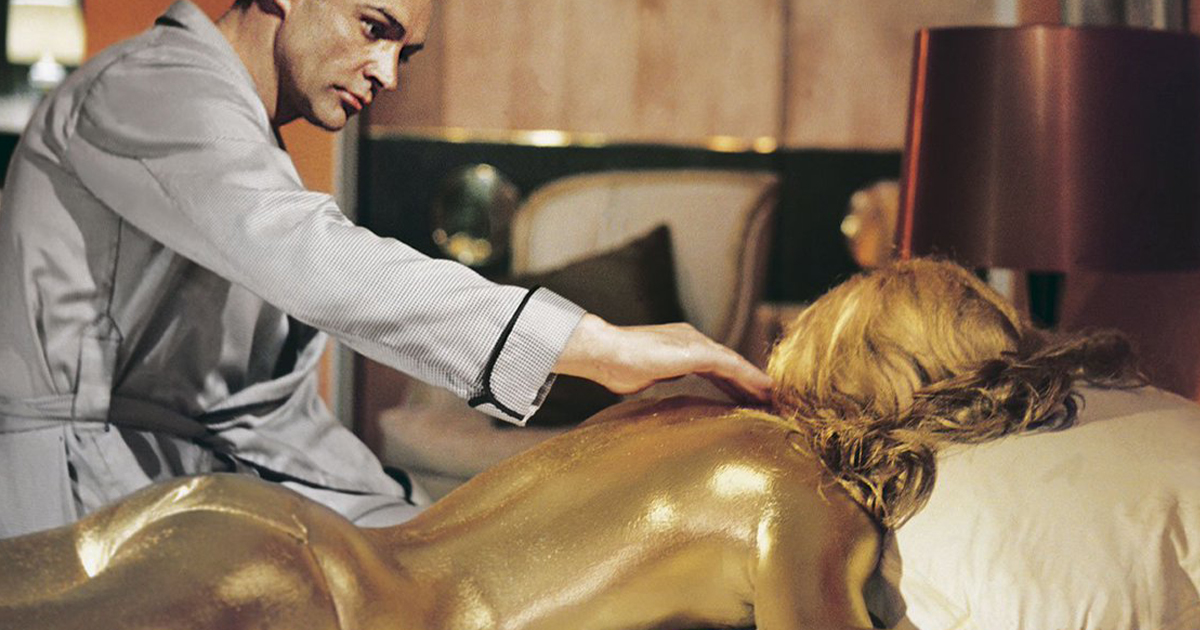
The Myth: In one of the most iconic movie moments ever, Bond girl Jill Masterson is killed by asphyxiation after being painted gold in Goldfinger. This gave rise to the popular myth that a person could legitimately die as a result of their skin being suffocated with paint. As time wore on, there emerged another related myth: that actress Shirley Eaton, who played Jill Masterson, actually died as a result of being covered in gold paint for the scene.
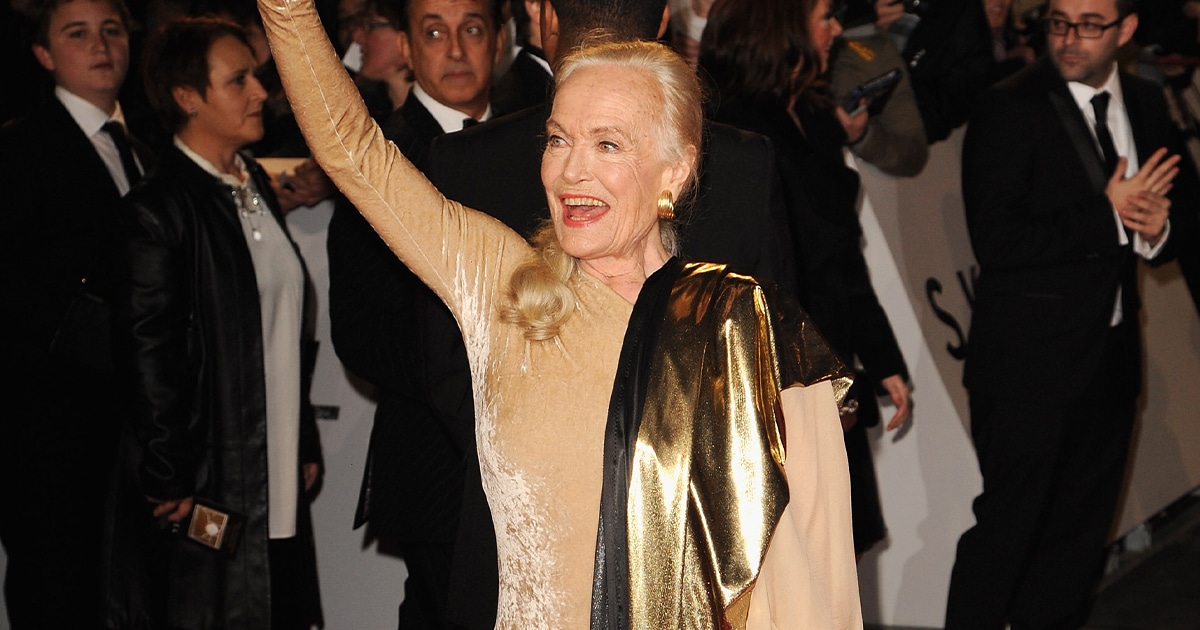
The Reality: Although covering all the body’s pores can increase chance of heatstroke, there’s actually no such thing as skin asphyxiation. The only way a person can suffocate in real life is the traditional way: if they fail to breathe through the mouth. More to the point, Shirley Eaton is, at the time of writing, still alive. She went on to appear in several more films and TV shows afterwards before retiring as an actress in the late 1960s.
6. There’s footage of Brandon Lee being shot in The Crow
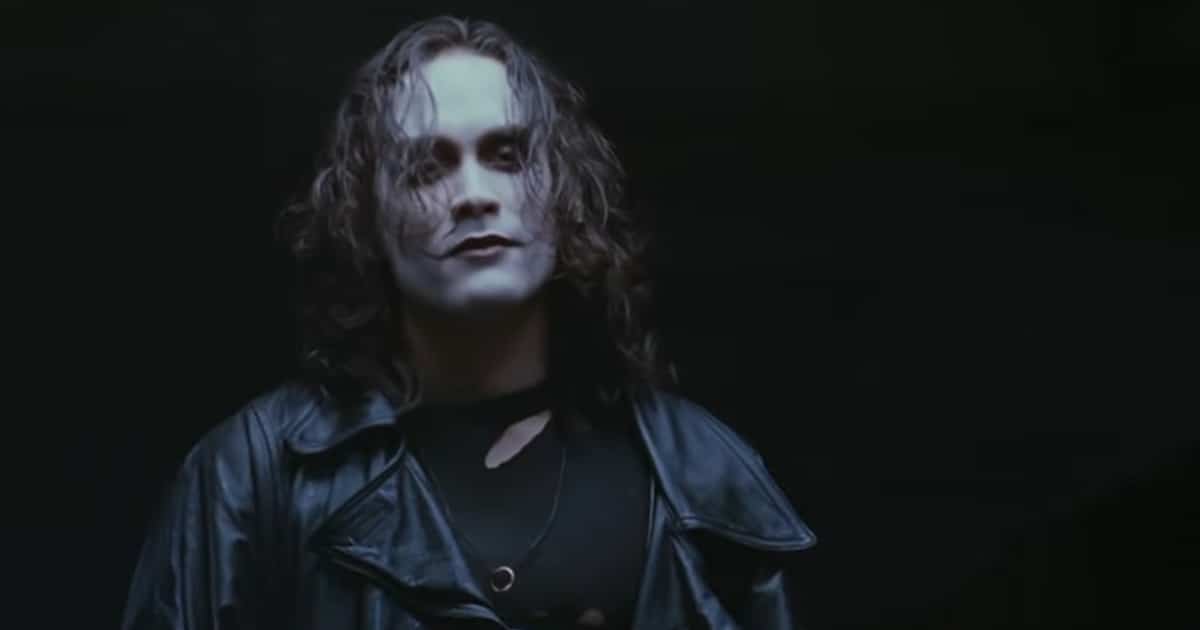
The Myth: In 1993, when comic book movie The Crow was only a week away from completing production, leading man Brandon Lee was accidentally shot by a prop gun whose barrel had not been cleared of debris. He died in hospital soon afterwards. The filmmakers managed to complete the film, but when it finally opened in 1994, rumours spread that the moment when Lee was shot for real could be seen.
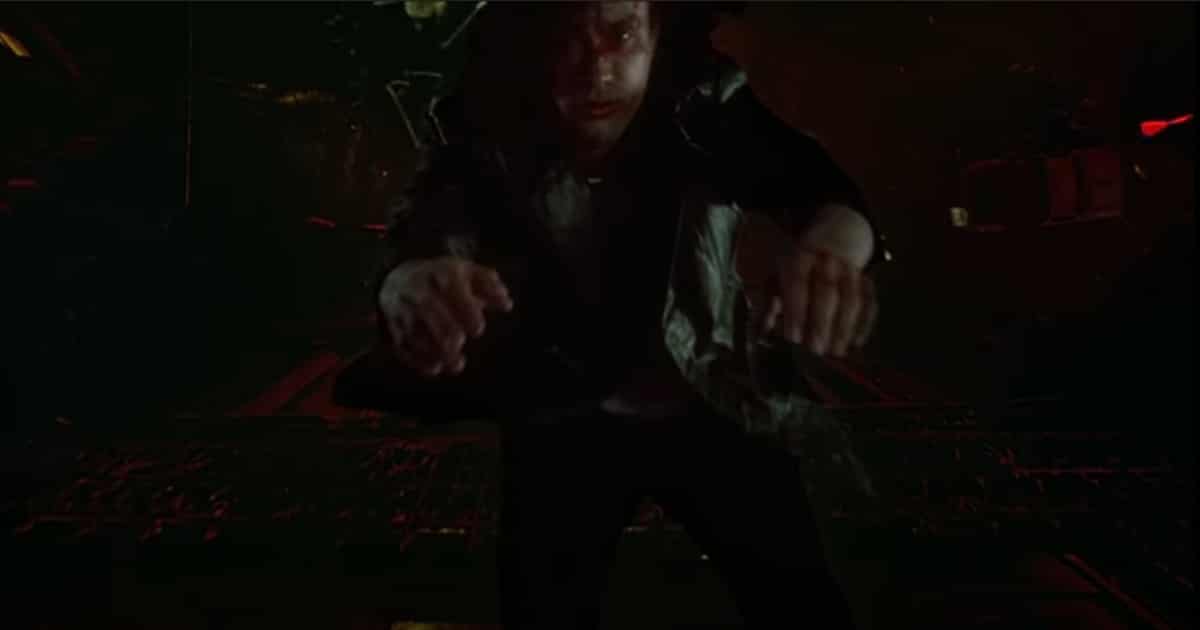
The Reality: Even if the filmmakers had wanted to include footage of Lee’s mortal wounding – and you can’t imagine they would – such a film would never get past censors. The footage of Lee’s accidental shooting was handed over to police as evidence, and subsequently destroyed. The scene in question was reshot completely and staged differently, showing a CGI simulation of Lee falling from a high window.
5. Judy Garland was paid less than the dog for The Wizard of Oz
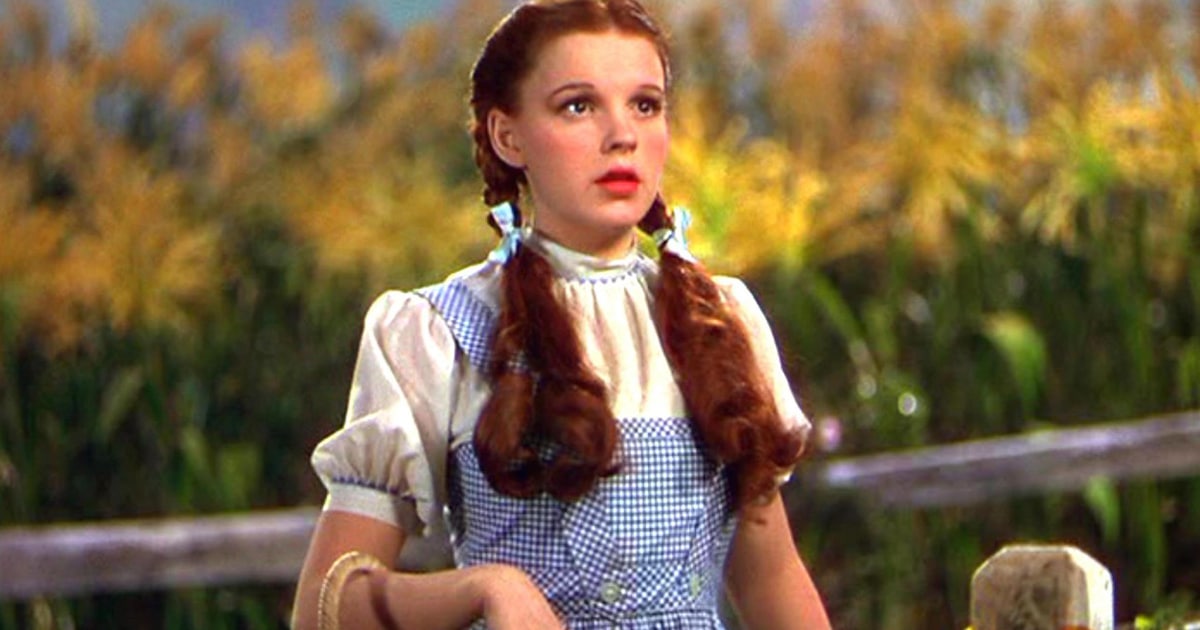
The Myth: Judy Garland’s life story is one of exploitation in a Hollywood system that seemed hellbent on making as much money as they could out of her, whilst giving the young star as little back as they could. The story got around that for her performance as Dorothy in The Wizard of Oz, Garland was paid a lower salary than that of Terry, the dog who played Dorothy’s dog Toto.
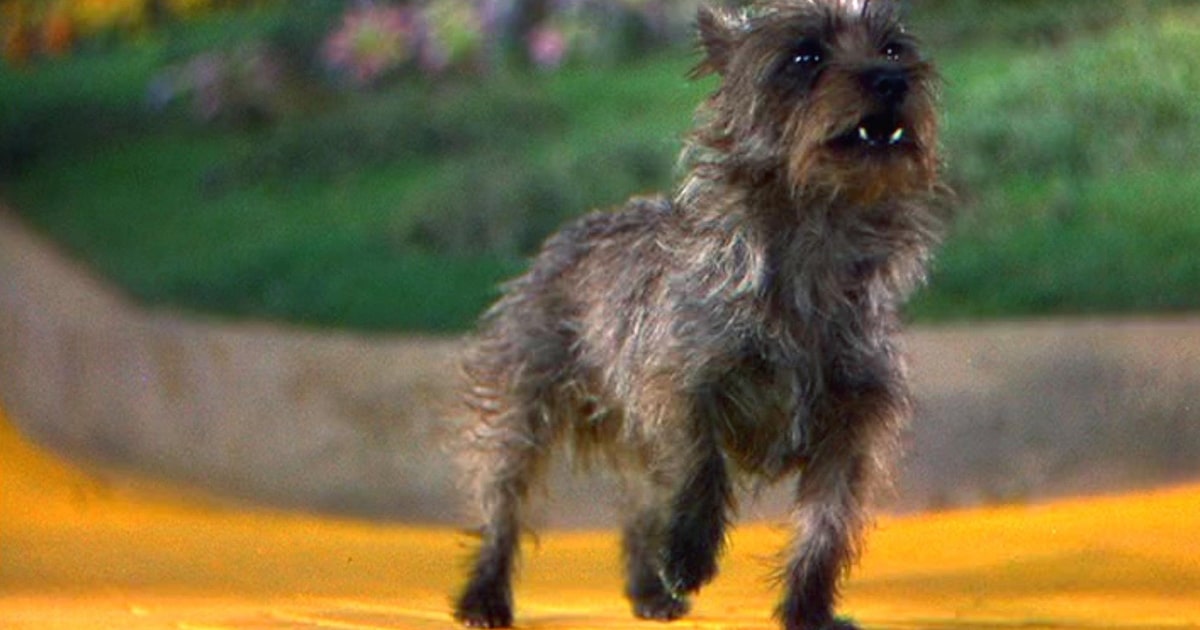
The Reality: Judy Garland was indeed mistreated by MGM, the studio to which she was contracted, but executives never stooped so low as to pay her less than a dog. While Terry earned his owner $125 a week, Garland was making $500 a week for The Wizard of Oz. Dishearteningly, Terry was indeed paid a lot more money than the dwarf actors cast as Munchkins, who were paid a mere $50 a week each for all their hard work.
4. Harrison Ford was working as a carpenter on the Star Wars set when he got cast as Han Solo

The Myth: In 1977, Star Wars instantly propelled its unknown leads to stardom. Of all the newcomers in the cast, however, Harrison Ford would prove to be the biggest success story. The story goes that Ford was a nobody before Star Wars: allegedly he was working on the film as a carpenter when George Lucas cast him as Han Solo, changing his life forever.
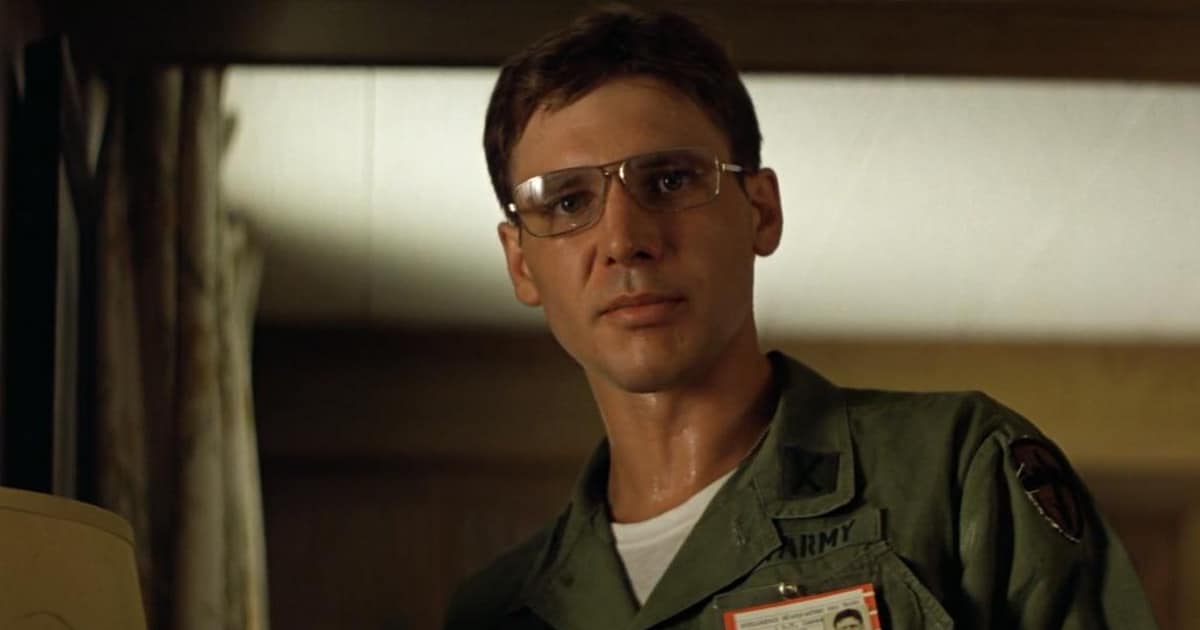
The Reality: While it’s true that Ford worked as a carpenter part-time, his main career was always acting. Ford had been doing carpentry work at the home of Lucas’ friend Francis Ford Coppola when Lucas visited and asked Ford if he would perform line readings with actors auditioning for Star Wars, to which he agreed. Ford proved such a natural fit for Solo in auditions that Lucas offered him the role.
3. A stuntman died on the set of Ben-Hur, and his death remains in the film
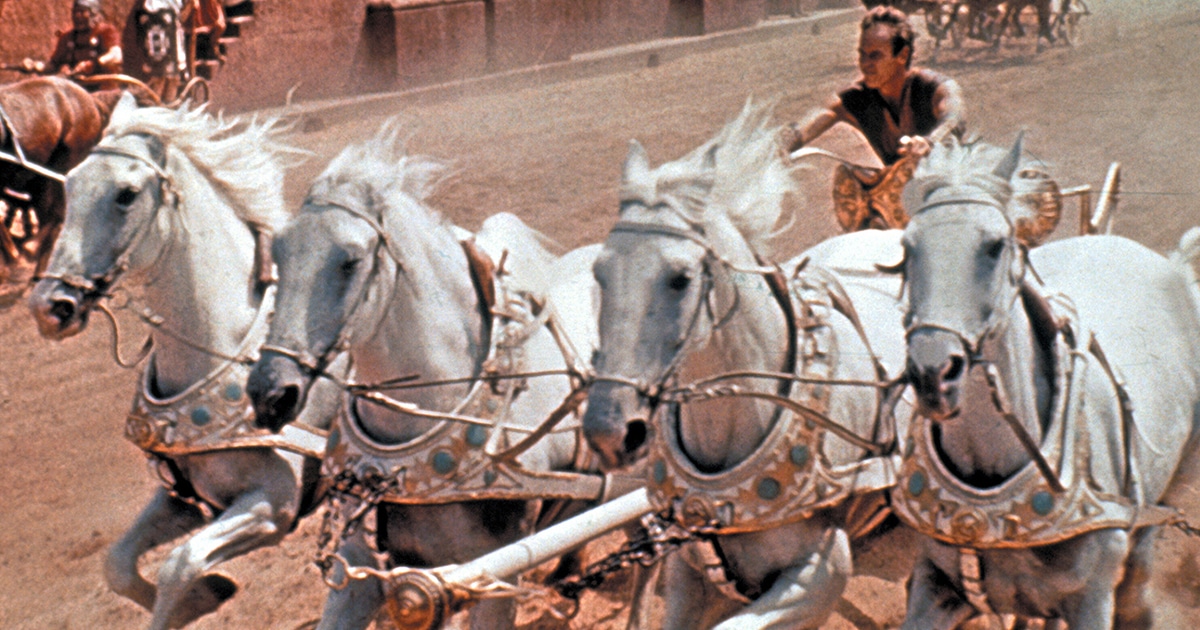
The Myth: Health and safety wasn’t a priority in Old Hollywood. One great example of poor cinematic safety planning, according to Hollywood lore, is 1959’s swords-and-sandals epic Ben-Hur. The urban legend has it that a stuntman died during the making of the film’s chariot sequence, and that a shot of it was included in the final cut for all to see.
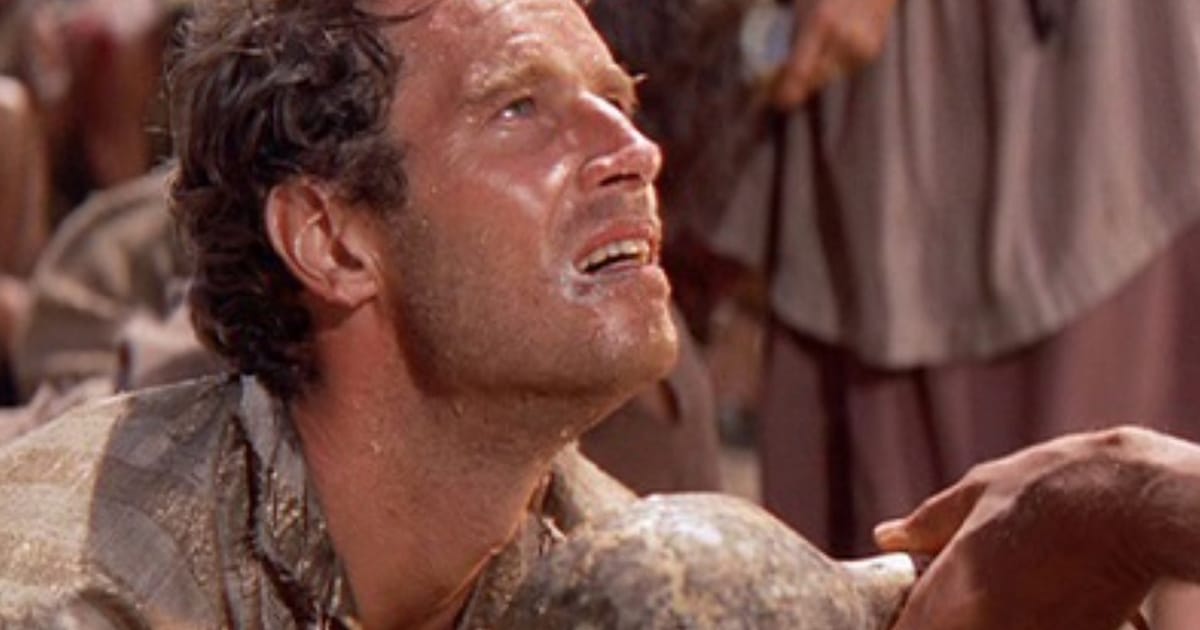
The Reality: There’s no way footage of real death would have made it into a studio movie. Not that this was ever a concern: in reality, nobody died on the set of Ben-Hur, stuntman or otherwise. The rumour may have started by somebody confusing the 1959 Ben-Hur with the 1925 original, whose production had been more hazardous. During production on this silent version, several horses died for the chariot sequence, while some stuntmen were injured.
2. Charlie Chaplin entered a Charlie Chaplin lookalike contest and lost
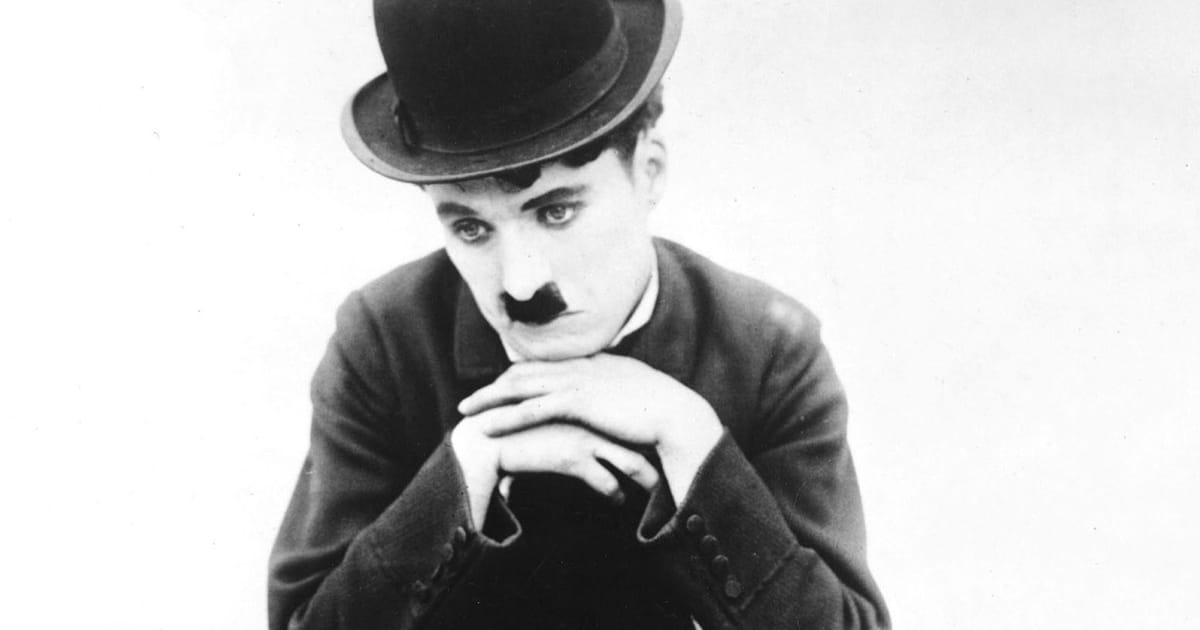
The Myth: Back in the silent age of cinema, Charlie Chaplin was one of the most recognisable people on the planet. This is why around 1918, Chaplin thought it would be a laugh to enter a Charlie Chaplin lookalike competition at a US fayre. Apparently this didn’t turn out quite the way the legendary funnyman intended: not only did Chaplin not win the competition, but he came in almost dead last.
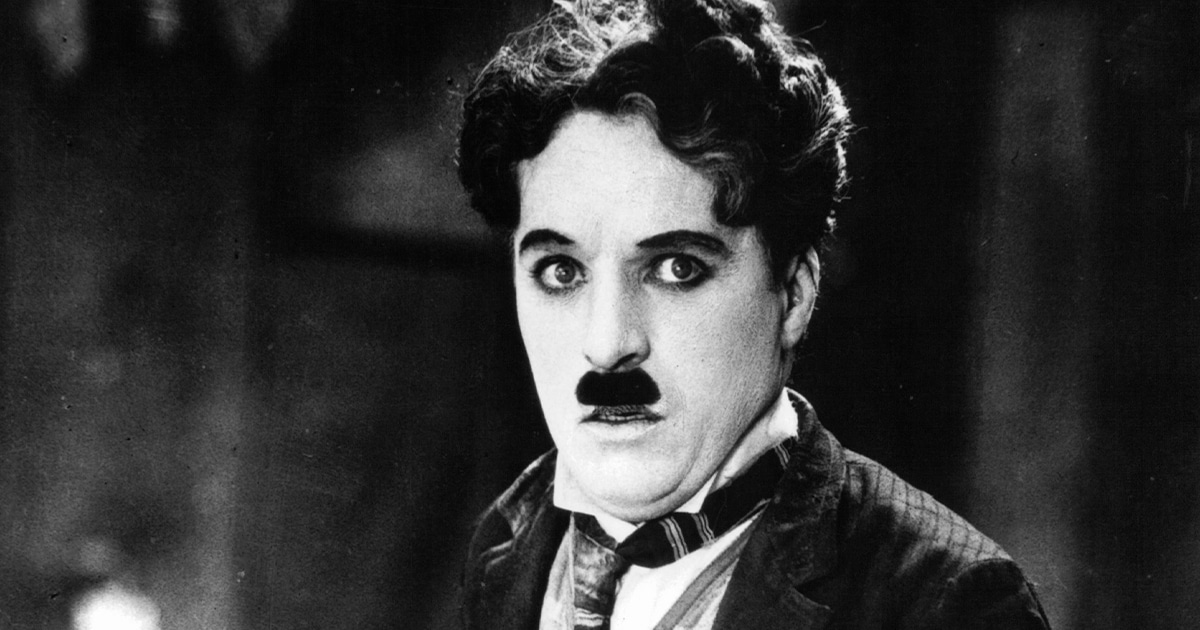
The Reality: The story can be traced back to newspaper gossip from the 1920s, and a Lord Desborough telling a story that Mary Pickford told him that Charlie Chaplin had told her. All subsequent reports on this particular Chaplin story have only embellished the tale. However, beyond this ‘he said, she said’ hearsay, there’s no proof Chaplin ever really entered a Charlie Chaplin lookalike competition.
1. Playing The Joker sent Heath Ledger insane, ultimately leading to his death
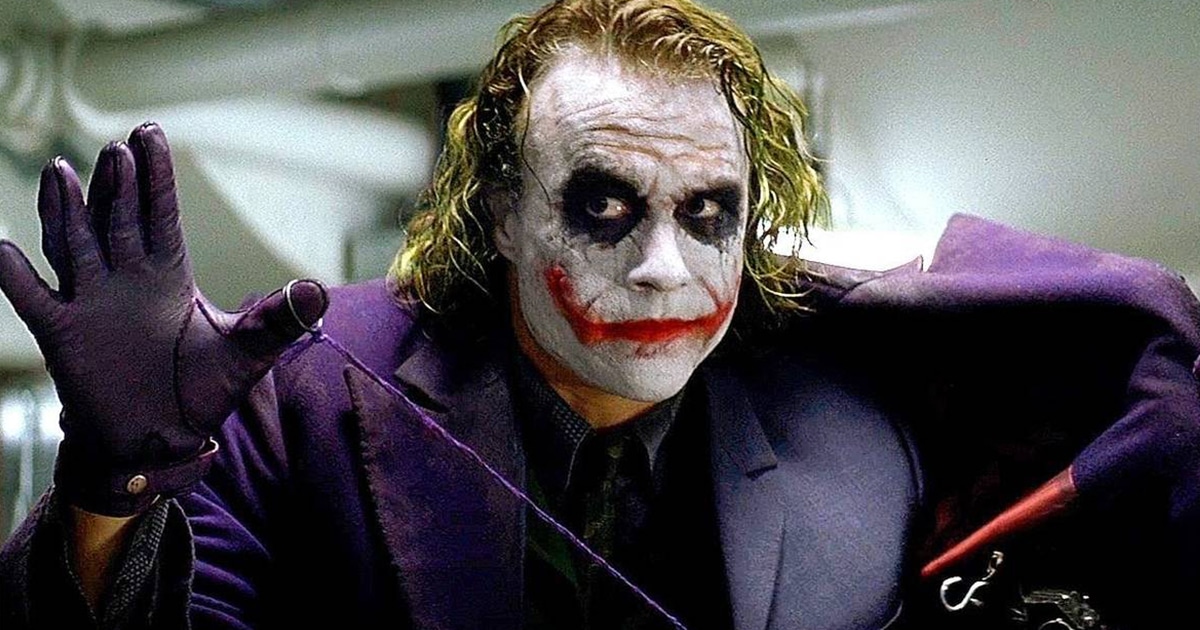
The Myth: When cast as Batman villain The Joker in The Dark Knight, Heath Ledger threw himself into the role, holing up in a hotel room alone for a month prior to film to get into the character’s mindset. Ledger wound up so mentally and physically drained from the performance that some say this resulted in his untimely death from an accidental prescription drug overdose.
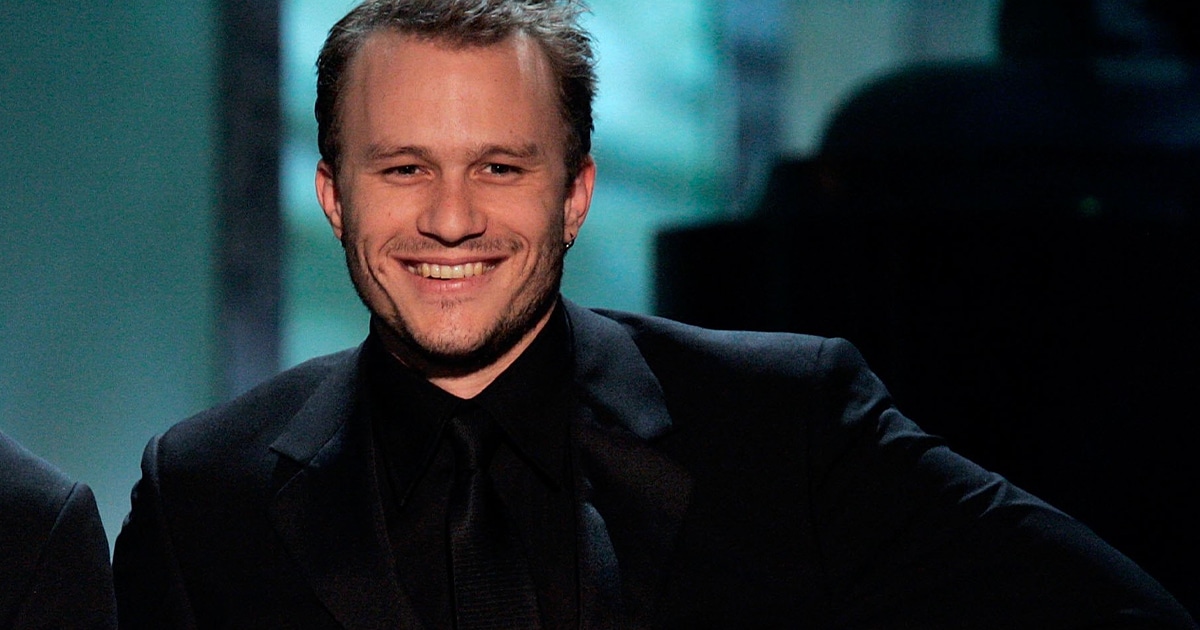
The Reality: Heath Ledger wasn’t left haunted by The Joker; on the contrary, Ledger’s family insist he was having the time of his life playing such a fun role. The tragic truth was that Ledger had, according to his family, suffered from insomnia all his life – the pills he took to help him sleep on the night of January 22, 2008 just happened to be too many and the wrong combination.

